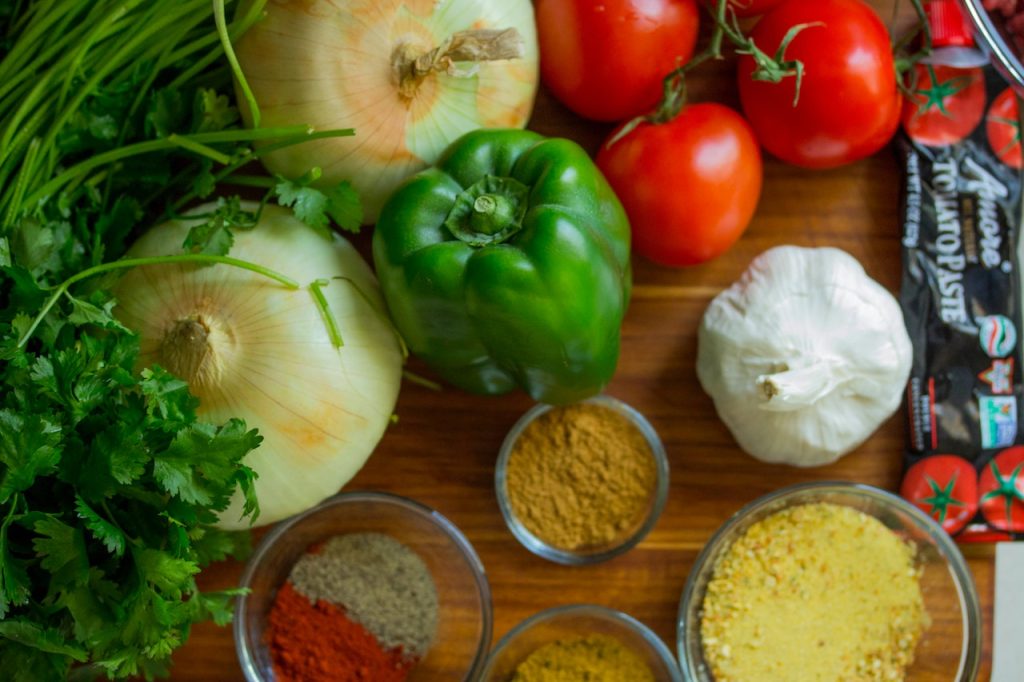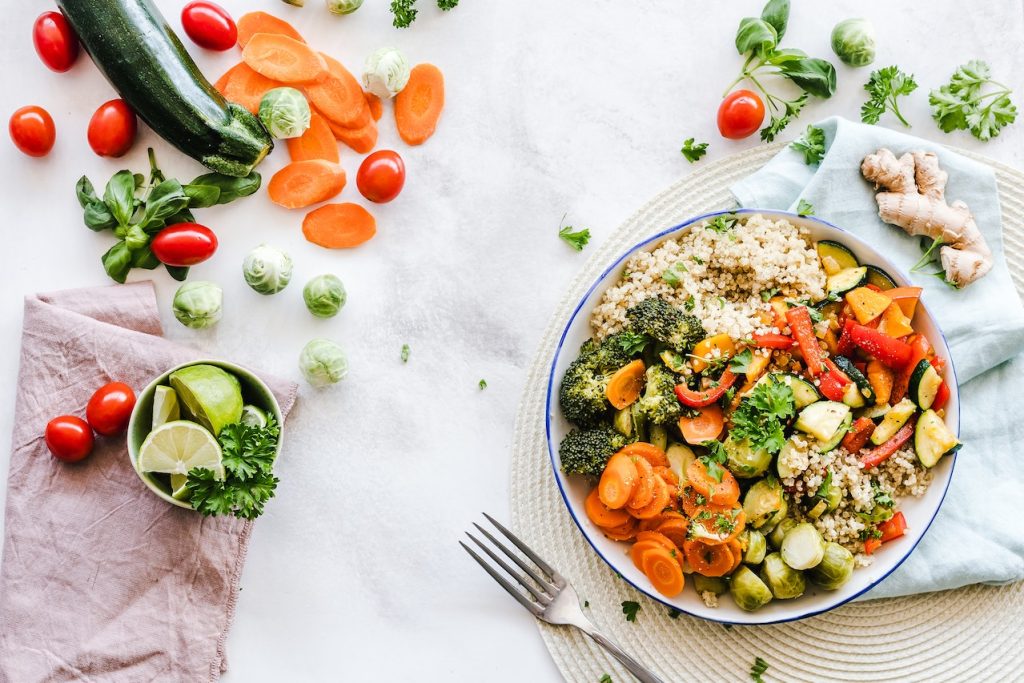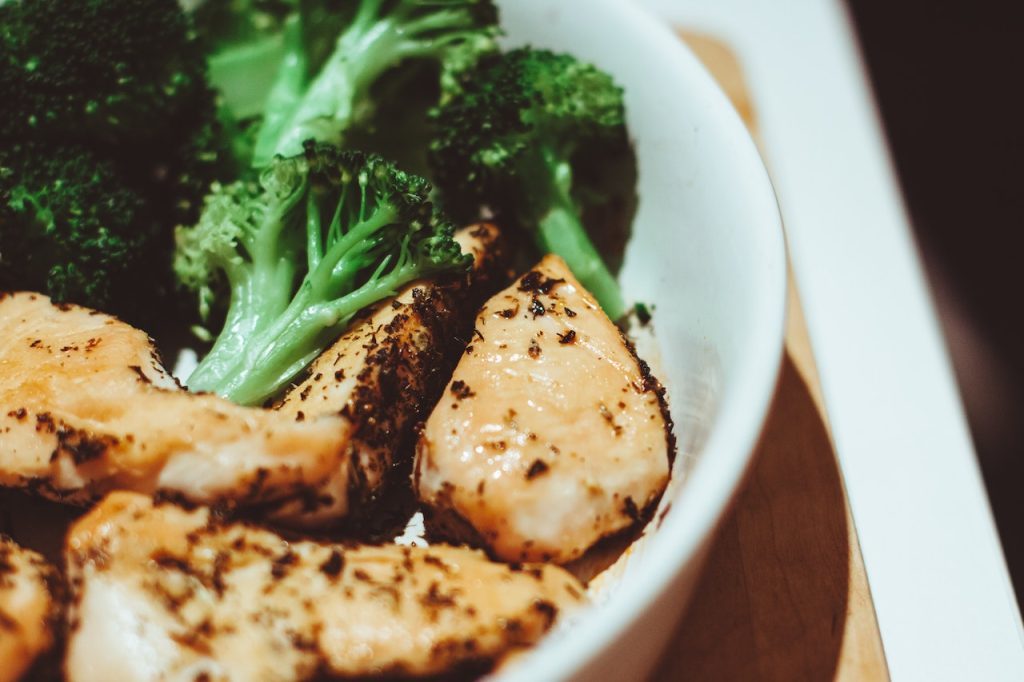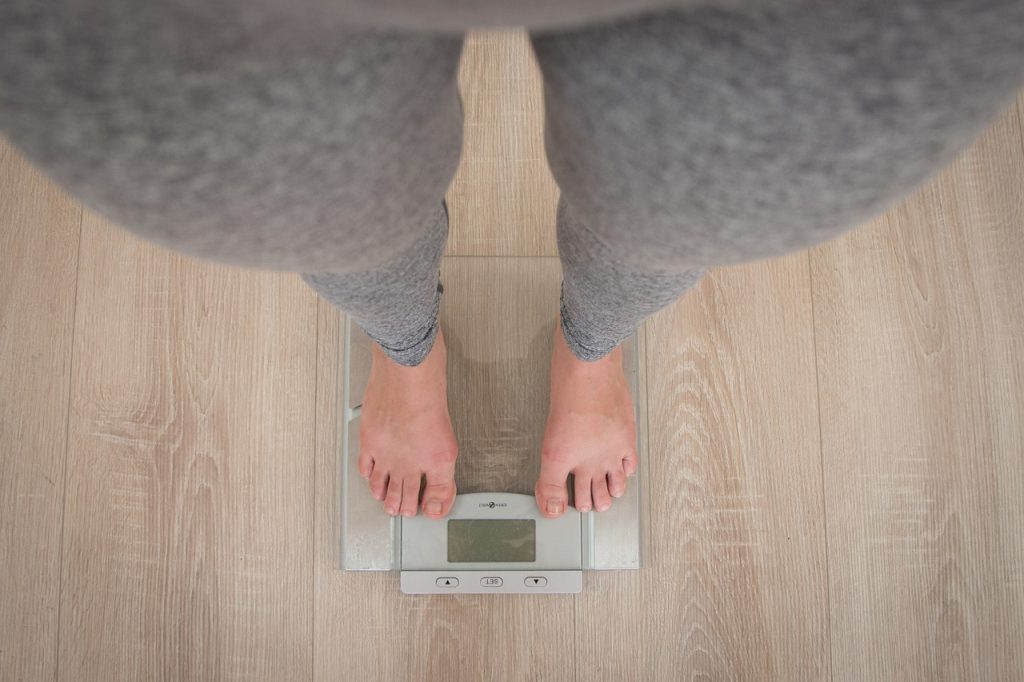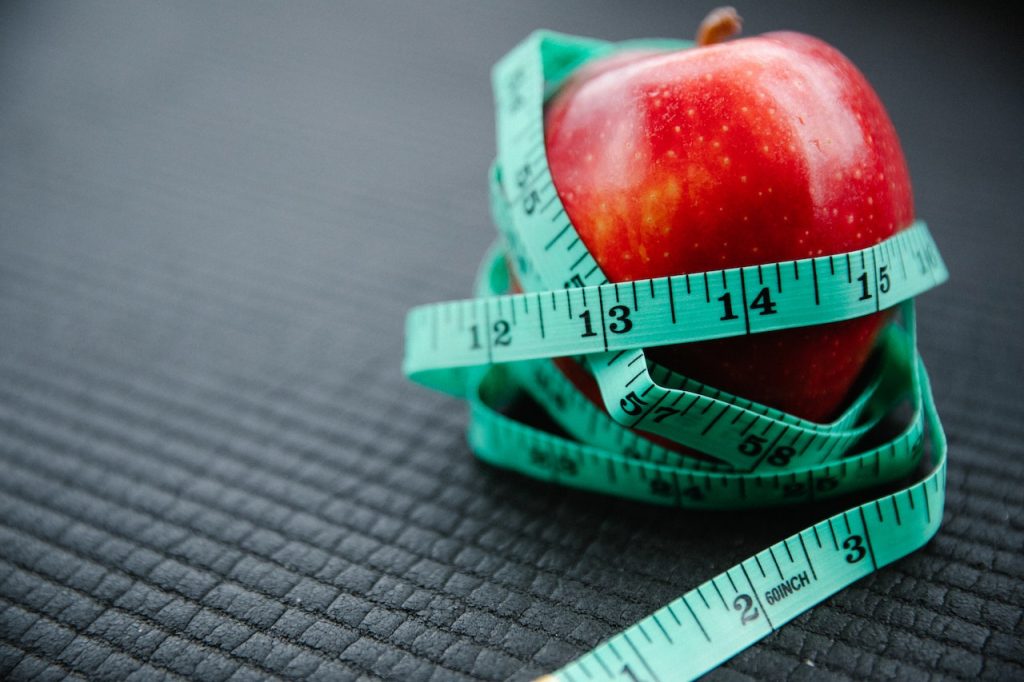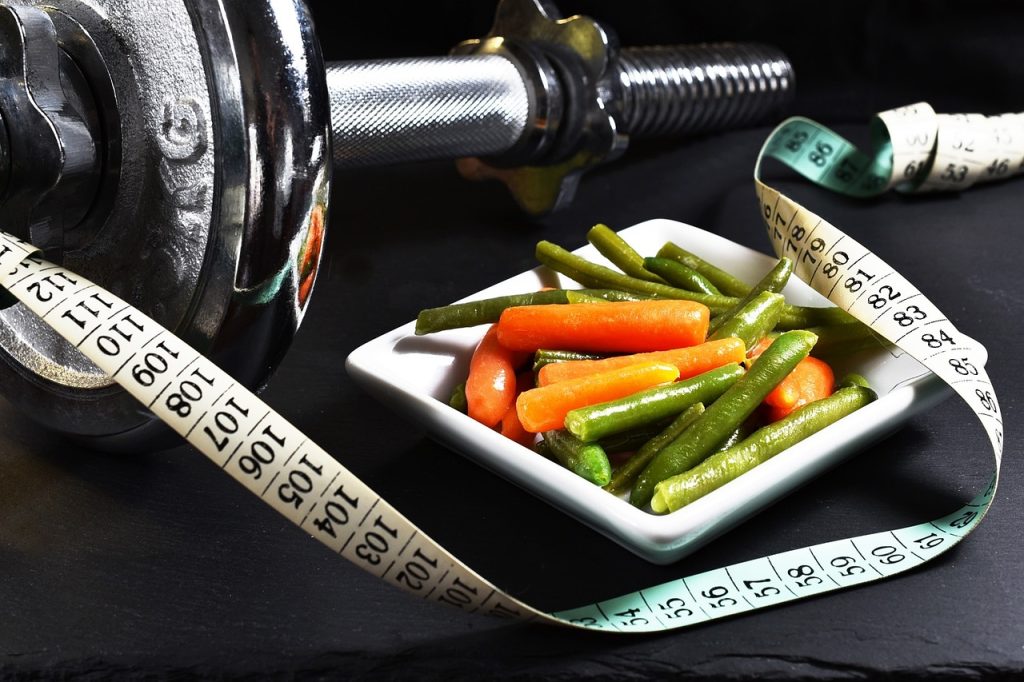From Skinny to Brawny: A Beginner’s Guide to Building Muscle
Where does one start on their journey from skinny to brawny? In the fitness world filled with jargon, conflicting advice, and myriad workout plans, it’s easy to feel like a ship lost at sea. It’s no surprise that many give up even before they begin. So, before we dive in, let’s dispel some myths, clear the fog, and build a strong foundation of understanding. Why is gaining muscle often harder for some, especially for those we typically label as “skinny”? Simply put, it boils down to two key factors: metabolism and genetics. However, don’t let these words be the spanner in your works! While you might not control these factors entirely, your understanding of them can help shape a plan that works for you. So, what’s the secret? To put it simply, it’s consistent efforts in the realms of nutrition, exercise, and recovery. Nutrition: The Fuel for Muscle Growth Let’s delve into the world of nutrition, the secret sauce of muscle growth. Ever heard of the saying, “Abs are made in the kitchen”? Well, the same goes for your biceps, triceps, and quadriceps. Without the right nutrition, your exercise efforts might be akin to trying to fill a leaky bucket. The Caloric Surplus If you’ve been skinny all your life, eating more can feel like a herculean task. The trick? Focus on calorically dense, nutrient-rich foods. Think along the lines of avocados, nuts, whole grains, lean meats, and dairy. These superstars pack a punch without leaving you feeling overly full. Protein: The Building Blocks of Muscle Next up, we have protein, the darling of muscle growth. Aim for 1.2-2.0 grams of protein per kilogram of body weight daily. Amino acids in proteins act as the building blocks for muscle repair and growth. Carbohydrates and Fats Don’t forget carbohydrates, the fuel for your workouts, and fats, crucial for hormone regulation, including testosterone, the key player in muscle development. A balanced diet that includes all macronutrients is the key to muscle growth. The Role of Exercise: From Reps to Sets Exercise plays a pivotal role in your muscle-building journey. How, you ask? It’s through exercise that we create ‘microtears’ in our muscle fibers. These tears then signal the body to repair and strengthen the muscle, leading to growth. The Power of Strength Training Strength training should be your go-to. Aim for compound exercises that work multiple muscle groups at once, like squats, deadlifts, and bench presses. These exercises yield the most bang for your buck. The Importance of Progressive Overload Have you ever found yourself stuck in a plateau? Enter, progressive overload, the magic mantra to continuous muscle growth. It involves gradually increasing the stress placed on your body during workouts, be it through more weight, more reps, or decreased rest time. Sleep & Recovery: The Unsung Heroes Often, we overlook the power of sleep and recovery in the muscle-building journey. Consider this duo as the unsung heroes, silently working in the background, tying all your efforts together. Sleep: The Prime Time for Muscle Growth During sleep, your body repairs and grows your muscles, aided by the release of growth hormones. Ensure you get 7-9 hours of quality sleep per night. Active Recovery: A Balance of Rest and Movement Strike a balance between rest and light movement, termed ‘active recovery’. It promotes blood flow and aids in faster recovery. Think yoga, light walking, or stretching. How to Stay Motivated Last but not least, let’s talk about the ‘mental muscle’. Staying motivated in your muscle-building journey can sometimes feel like an uphill climb. Set clear, achievable goals. Celebrate small victories. Consistency is key. Remember, Rome wasn’t built in a day, and neither will your body be. Conclusion & Key Takeaways Your journey from skinny to brawny, while challenging, can be extremely rewarding. Remember, it all boils down to consistent efforts in nutrition, exercise, and recovery. In the end, muscle building is as much a test of patience and perseverance as it is of physical strength. But as you watch your body transform, bit by bit, day by day, you’ll find it’s a test worth taking. Remember, you’re not alone in your journey. We’re here to guide you, support you, and cheer you on, every rep of the way. So, are you ready to transition from skinny to brawny? Let’s get started!




